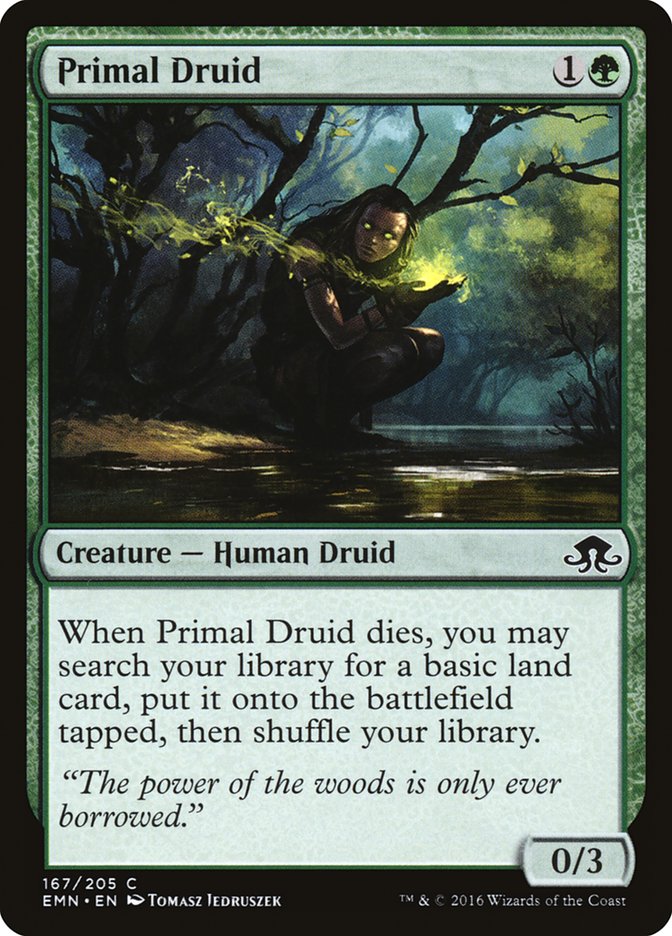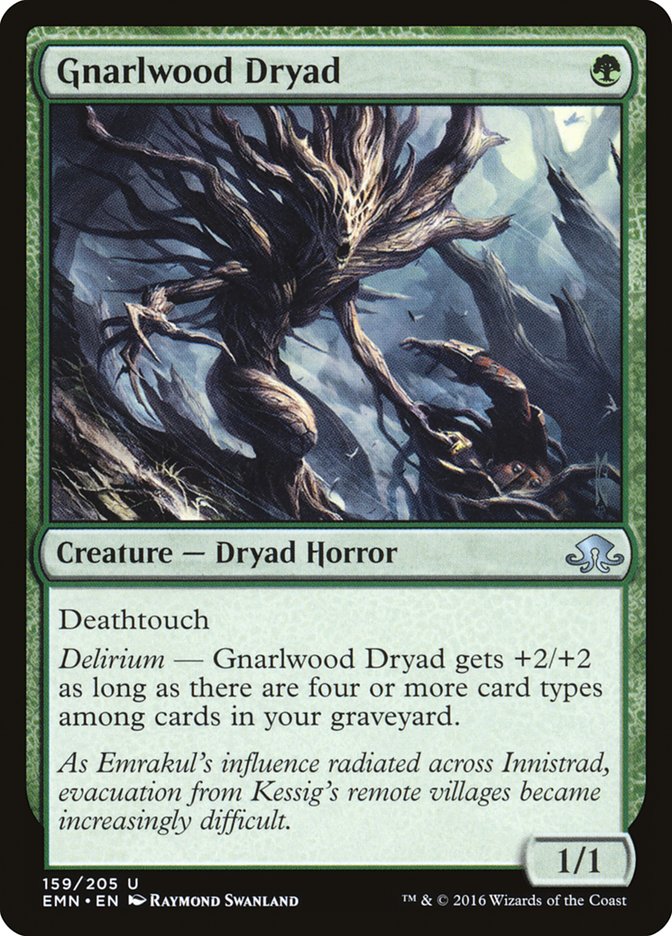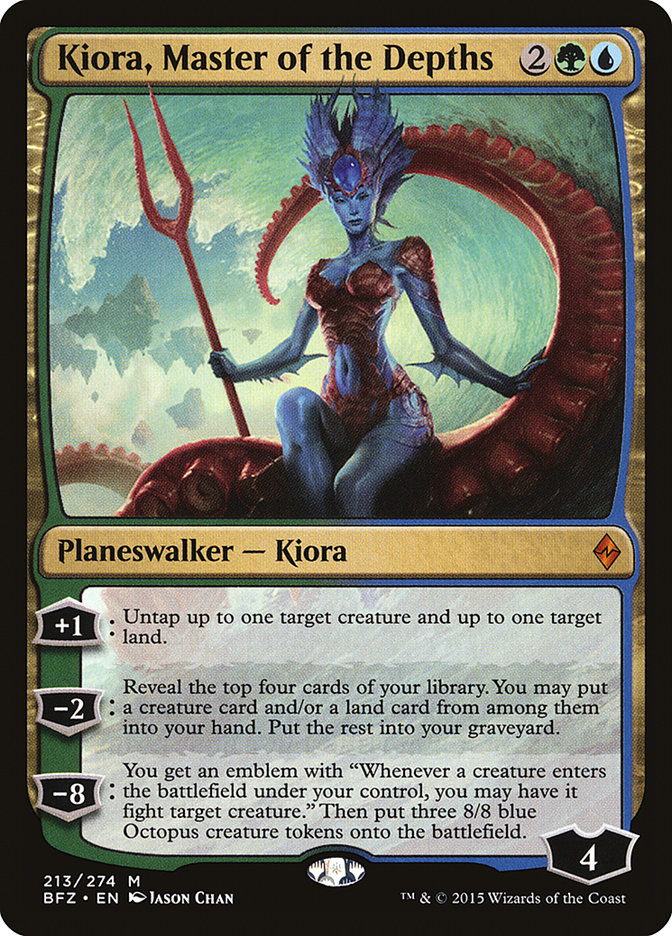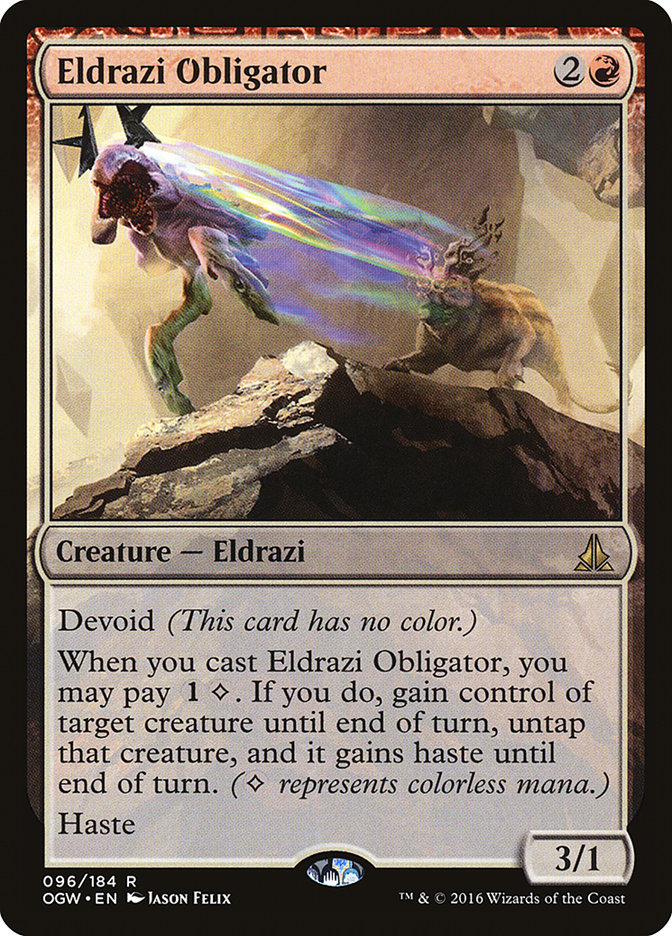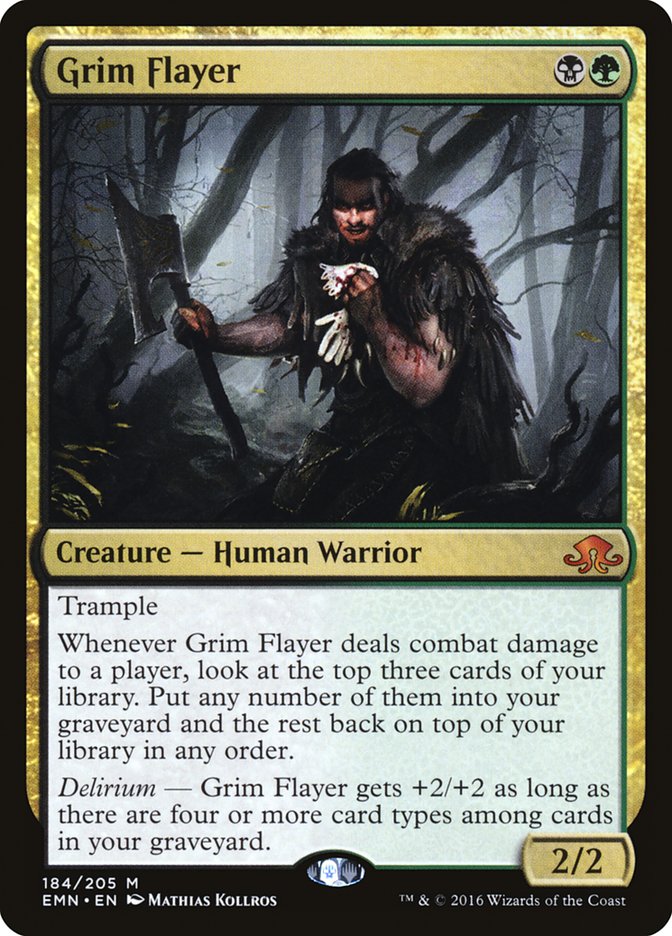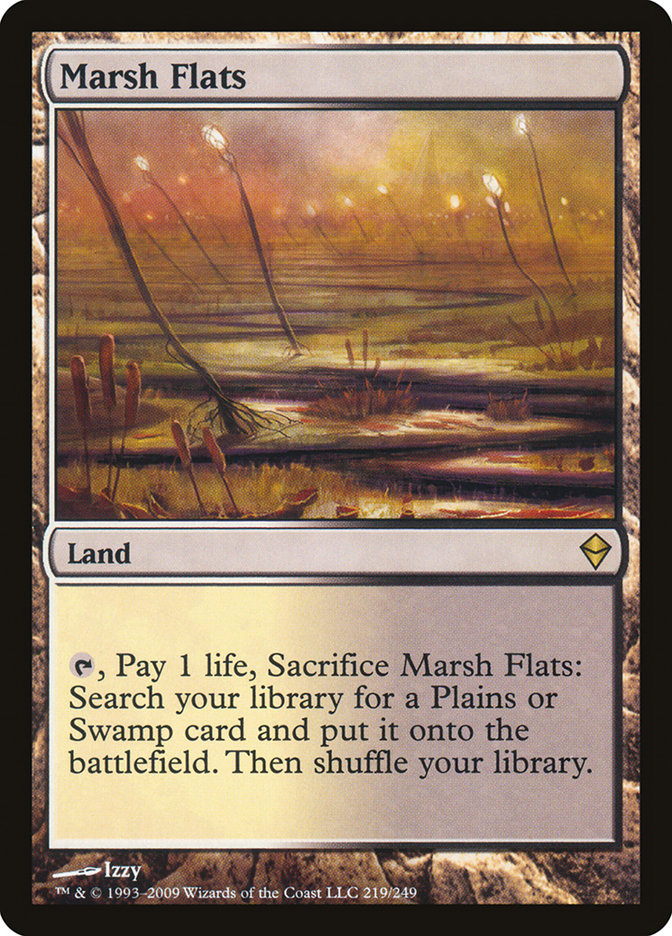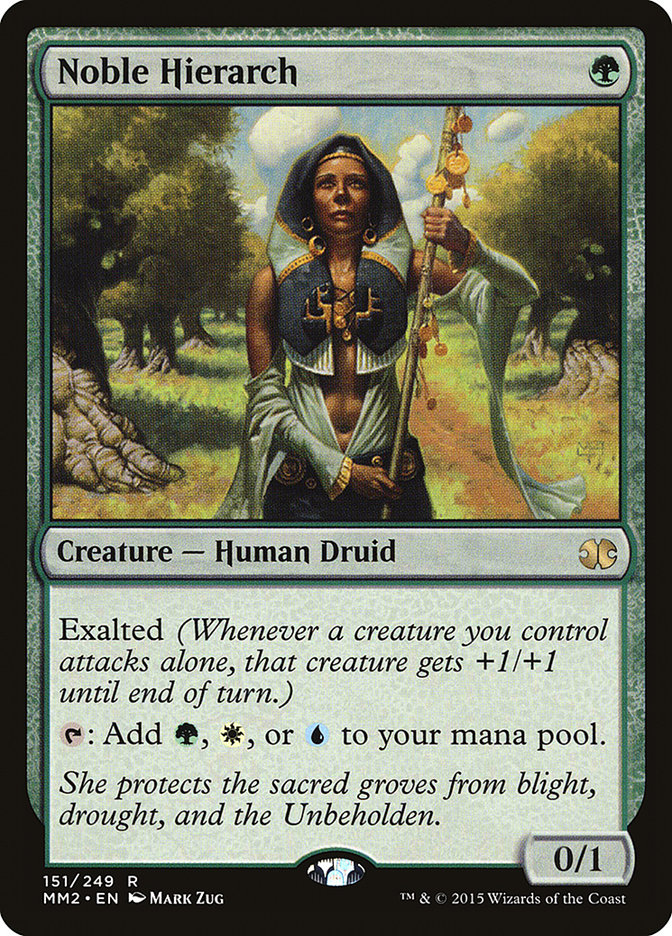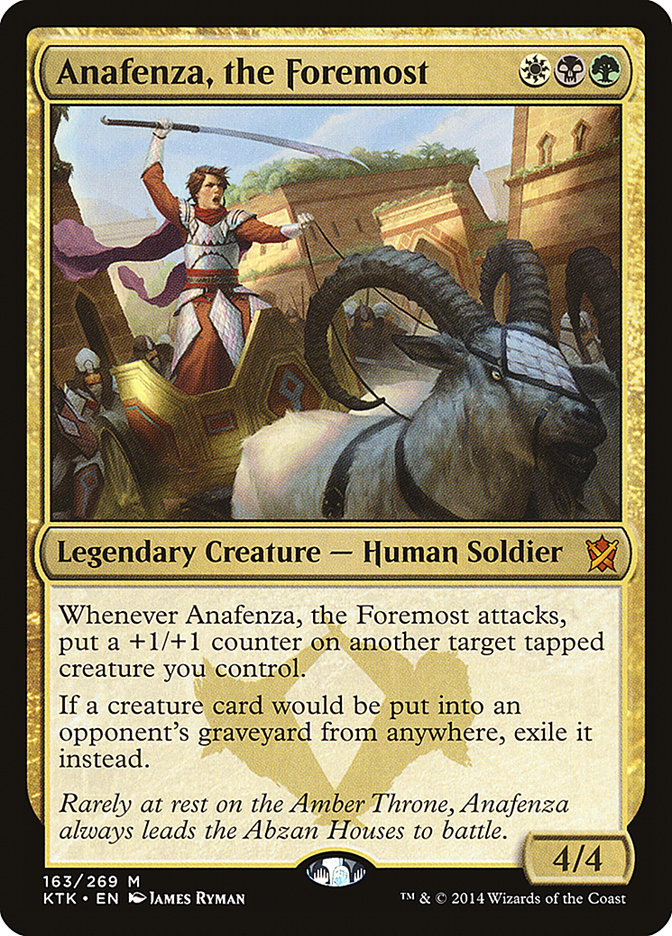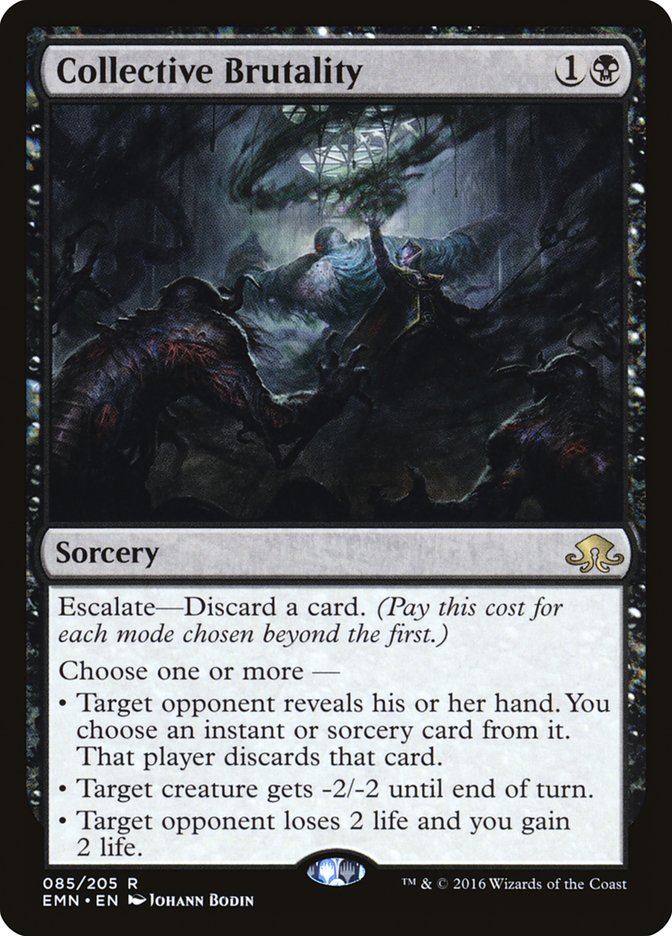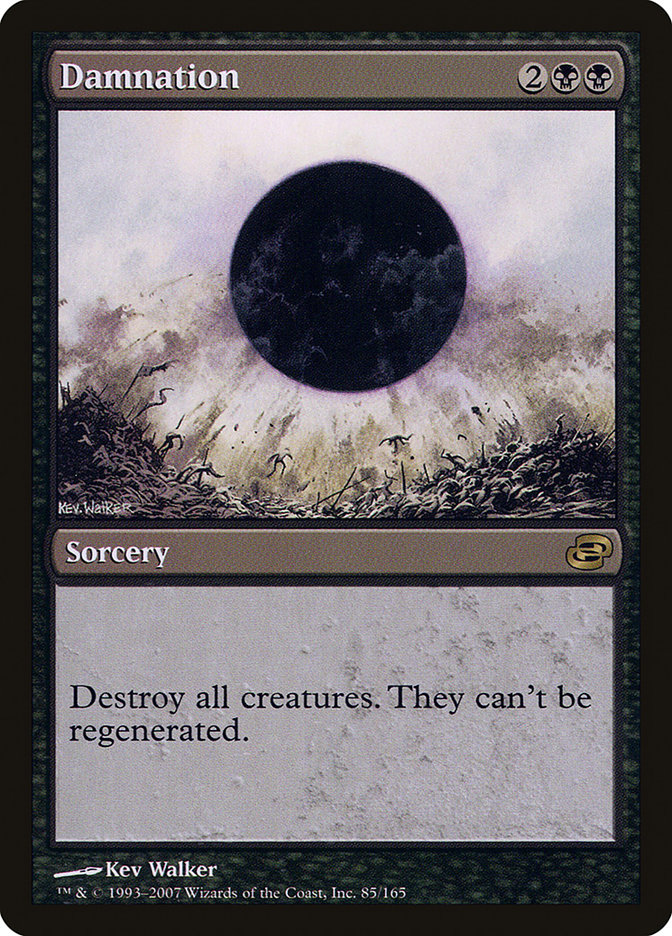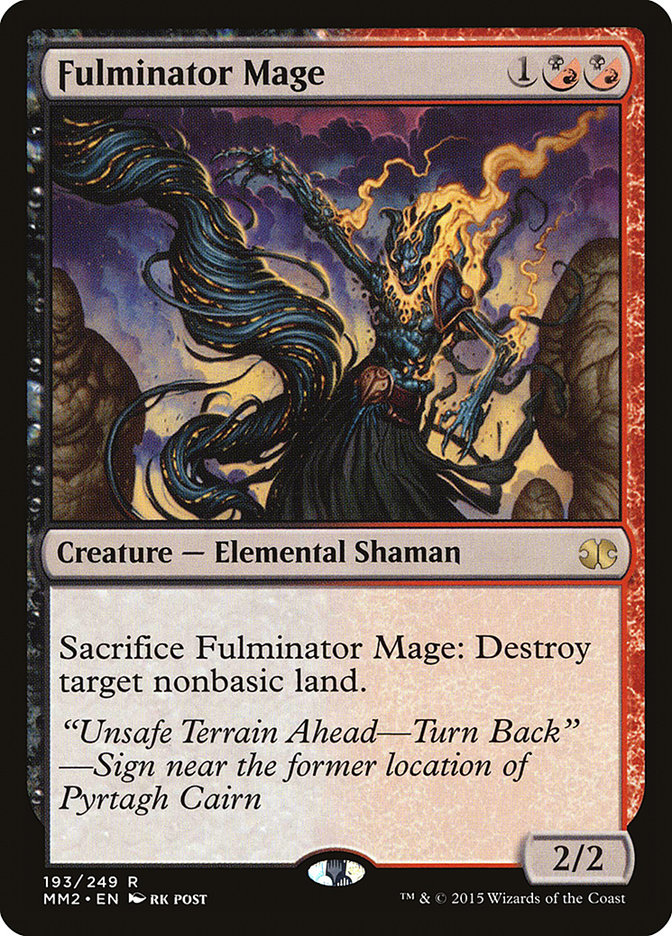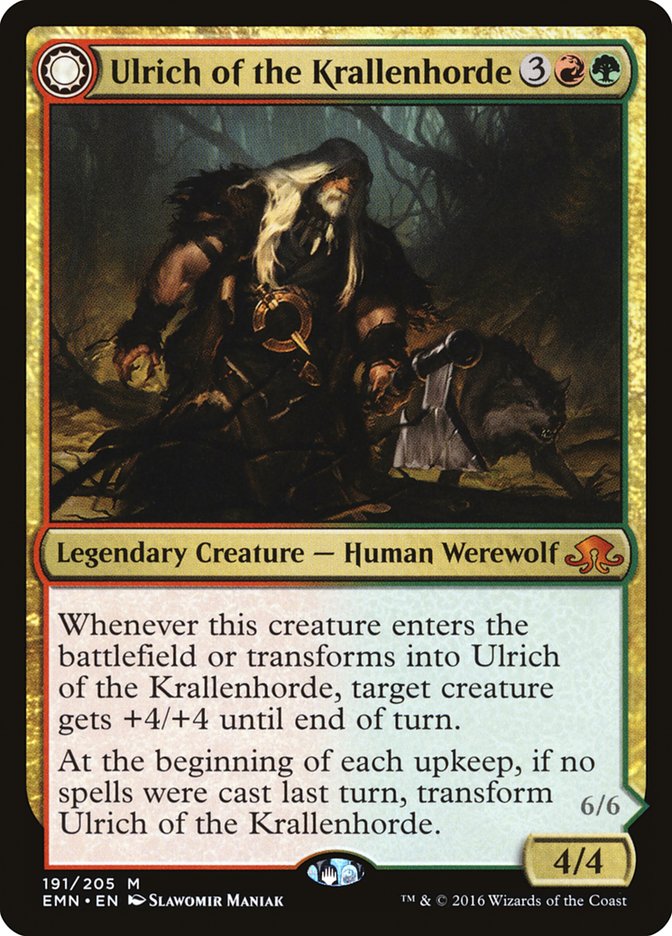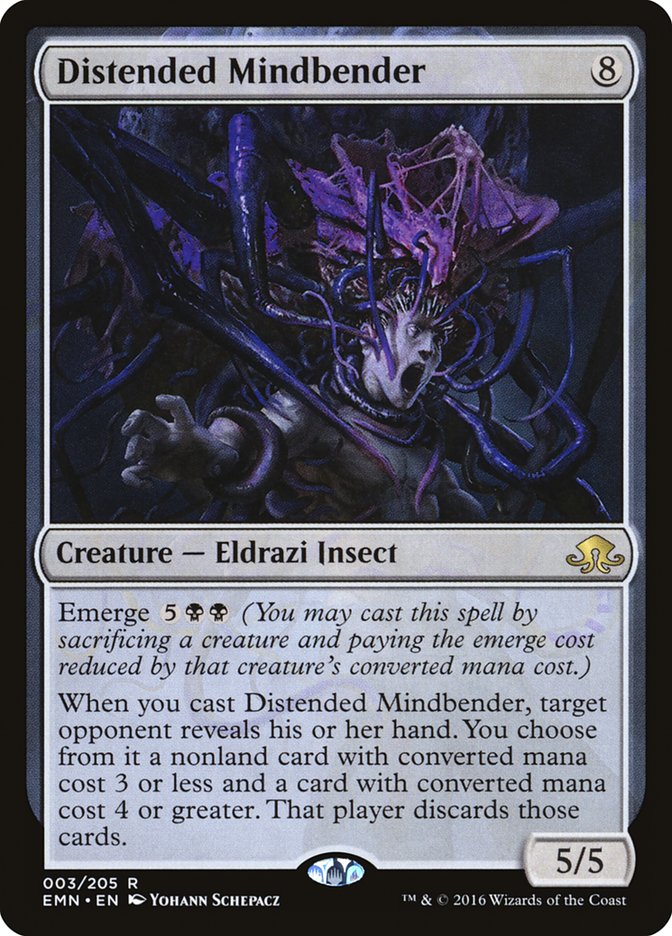#MTGChamp is a tournament that has a way of making you feel like one of the best in the world and like you’ve got a lot to learn before you are one of the best in the world, all at the same time. I started out 5-0 and was the last undefeated player left, and I ended up 7-7 at the end of the event, winning exactly 50% of my matches in all formats.
In the two years I’ve played this tournament I’ve left feeling differently from how I usually do after a tournament. With the stakes so high, and most of the competitors being such good friends of mine, it is sincerely bittersweet after ending up with a mediocre finish in the event. Watching my friend Brian Braun-Duin take the title of World Champion fills me with joy, but leaving without the trophy myself leaves me thinking about an opportunity squandered. You never know when you’re going to get to play this event again, so every time feels like it could be the last. I’m not unhappy with seven wins and seven Pro Points, but I’m still hungry and want to get back to this tournament again to have the opportunity to win the World Championship.
Knowing more this year about the structure and preparation for this event, I chose to work with a four-person team of myself, Luis Scott-Vargas, Paulo Vitor Damo da Rosa, and Sam Pardee. A four-person team can be a bit big in a 24 person tournament, but I know all three of these competitors quite well and knew we’d work well together from our past preparation for Pro Tours.
Creatures (20)
- 4 Pilgrim's Eye
- 4 Jace, Vryn's Prodigy
- 2 Nissa, Vastwood Seer
- 1 Emrakul, the Promised End
- 2 Gnarlwood Dryad
- 4 Elder Deep-Fiend
- 2 Ishkanah, Grafwidow
- 1 Lashweed Lurker
Planeswalkers (1)
Lands (23)
Spells (16)

Our preparation began with a Facebook group where we bounced ideas off of each other and quickly came to the conclusion that Temur Emerge was a deck we wanted to work on. Temur has a positive Bant Company matchup, and we expected Bant Company to be the most popular deck in the tournament. We’d all seen a variety of different builds from players like Michael Majors, Andrew Brown, and Frank Karsten, and wanted to refine the list to what we thought was the optimal build. Initially I was a bit unhappy with the deck after testing it on Magic Online. After playing more and more matches I slowly came around and came to love the deck choice. We started with a list that Frank Karsten had at Pro Tour Eldritch Moon and worked from there.
Primal Druid was the first card I noticeably didn’t like. It felt like emerging off of Primal Druid was a little too slow against Bant Company and drawing multiples was always bad. We decided to add Nissa, Vastwood Seers and Gnarlwood Dryads in their place. Gnarlwood Dryad is great at slowing down Bant Company and Nissa, Vastwood Seer was great to emerge off of while also providing a card-drawing engine on the later turns.
Kiora, Master of the Depths was also a minor tweak to other, more traditional builds. Kiora acted as a more expensive Vessel of Nascency but also provided us with an additional card type to cast Emrakul, the Promised End. If Kiora, Master of the Depths is in your graveyard or on the battlefield, it has the ability to make Emrakul, the Promised End cost one less mana. I was happy with Kiora, Master of the Depths against other Emrakul, the Promised End decks, but the card is a slight liability against Bant Company. Bant can pressure it easily, and spending four mana to not really affect the battlefield can be a huge problem against Bant. Not to mention, it lines up poorly against Spell Queller. I think one Kiora, Master of the Depths is the right number.
Jace, Vryn’s Prodigy was a card that a lot of Temur Emerge decks seemed to not play four copies of, but we strongly felt it was one of the best cards in the deck. Having the ability to smooth your draws while also chaining Grapple with the Past and Traverse the Ulvenwald on the later turns to make sure you’re keeping your opponent in the Elder Deep-Fiend lock, or even just continuing to make land drops, makes Jace, Vryn’s Prodigy extremely important and I wouldn’t consider playing less than four moving forward.
After the four of us played countless matches with the deck, we decided on the list.
The sideboard could potentially use some tweaking but I was overall very satisfied with our plan to diversify threats against black decks using Infinite Obliteration to take our Emrakul, the Promised End or Elder Deep-Fiends.
Eldrazi Obligator was a card we added a second copy of because of how good it is against other Emrakul decks and because ramp decks were a bad matchup. Having the ability to go underneath them by locking them a couple of turns with Elder Deep-Fiend and then finishing them off with a Reality Smasher or Eldrazi Obligator proved quite an effective plan. It was nearly impossible to try to cast an Emrakul, the Promised End before them, so you’re best suited trying to get underneath their Emrakul, the Promised End and put them on the back foot.
One mistake we made and brought up the day before we submitted decklists was a lack of testing against Bant Humans. We made an assumption that it would be worse for us than Bant Company but not too much worse. In retrospect I think Bant Humans has a pretty good matchup against us and that was an error in our testing.
Overall I was very happy with my Standard decklist and would run it back again this weekend with some extra Radiant Flames in the sideboard for the Bant Humans matchup if I had a Standard event.
Modern, on the other hand, is a different story.
The Modern Segment
Early in testing I identified Modern as the least important format in the tournament. Draft had six rounds, while Modern had only four, and Standard was most important because it was the Top 4 format.
I flew out to Worlds expecting to play Affinity. Modern is a format where margins are small with decks and knowing how to play your deck in specific matchups can pay dividends. We discussed as a team what we thought other players would play and what we thought the metagame would look like. We all strongly considered playing various “metagame” decks such as Scapeshift, such as the deck Oliver Tiu played to a Top 4 finish.
Creatures (8)
Lands (27)
Spells (25)

The problem with this strategy in our eyes was that if we missed and picked a deck that was only good in specific matchups, we could be wrong and cost ourselves a lot of match wins, which translate into Pro Points and a potential World Championship. I decided after some discussion that Affinity was probably a poor choice, given people would assume I would play it and others like Oliver Tiu and Owen Turtenwald had played the deck before to success, so the other competitors would be ready for it. Affinity doesn’t do so hot with a target on its back.
After a long discussion we decided to play it safe and work a little on a Grim Flayer Abzan deck. Luis said it best when he said “We can get it too wrong if we just play Abzan.” We were worried about the Bant Eldrazi matchup because we’d heard it was poor, so we wanted to see it for ourselves. After playing the matchup extensively, we determined it was much closer than we anticipated and even found that we thought we were favored in Game 1, but Engineered Explosives was a huge upgrade for Bant Eldrazi after sideboarding. This is definitely a controversial stance, and our sample size certainly wasn’t big enough to draw definitive conclusions, but it’s not a matchup I was unhappy to see in the tournament.
Once we figured out this was a close matchup, we decided to lock it in.
Here is the list we all played:
Creatures (14)
Planeswalkers (4)
Lands (22)
Spells (20)

There are some things I liked and didn’t like about this deck.
Grim Flayer is incredible in this deck. Being able to dig to answers while clocking the opponent and getting some free Spirit tokens in the process is huge.
One of the major problems with these Jund and Abzan decks is running out of gas in the mid-game and drawing too many lands. Grim Flayer allows us to play fewer lands by keeping our curve low but also allows us to fix our draw steps so we continue to draw spells.
The mana in our deck was a little wonky if you ask me. We only played 22 lands, and three of them were Shambling Vents. I like to curve out with my Jund-style decks and find the creature-lands stunt my growth too often. I would definitely trim a creature-land from this deck in the future if I were to play 22 lands again, and likely just add another Marsh Flats.
Noble Hierarch was good, but I might consider adding another land to the deck instead of one copy of Noble Hierarch. Too often I would be relying on Noble Hierarch to survive the first turn to have a smooth curve a turn or two later while running out of land drops. With no expensive cards in the maindeck, I think adding a land would be a good adjustment. Noble Hierarch was extremely effective with Shambling Vent and Grim Flayer, and also allowing us to cast a turn 2 Liliana of the Veil was a huge boost, so I could see keeping the three but would still strongly consider adding a land instead.
Anafenza, the Foremost was the last card we added to the deck. In truth, we never even tested it; this one was all theory. We wanted another heavy hitter in our deck that wasn’t weak to Rest in Peace. Tireless Tracker was the other consideration, and in a metagame with a lot of mirrors, that would definitely be my choice. We expected some amount of graveyard decks such as Dredge and liked having the added utility of a maindeck hate card for these decks that could be poor matchups. Anafenza, the Foremost also shutting off Arcbound Ravager’s modular ability made for a nice bonus. For these reasons we decided to play Anafenza, the Foremost.
Collective Brutality was a card I liked in the deck but wasn’t happy with at the tournament. We didn’t expect much Burn and Infect, and these are the matchups it’s really effective in. I would keep it in the deck moving forward at a more open tournament, but in a smaller field where I don’t expect to see those decks, I’d much rather just play an additional Abrupt Decay or move the Maelstrom Pulse to the maindeck from the sideboard.
The sideboard of our Abzan deck was more or less fine. We had a lot of versatile sideboard cards and the only real decisions we had to make were how many Damnation we wanted and if we wanted to play any amount of Fulminator Mage.
We expected Damnation to be the best card for us to bring in against Bant Eldrazi, but that simply wasn’t the case. The way you beat Bant Eldrazi is getting underneath them with your efficient creatures, disrupting their hand early, and clocking them while you kill whatever creatures they topdeck. Eventually you end up closing out the game with Lingering Souls. Damnation simply didn’t fit this plan of being aggressive and adding tokens to the battlefield. We ended up playing one copy so we had a card to kill Etched Champion that also was something we’d sideboard a single copy in against Bant Eldrazi in case the game got out of hand against one of their more explosive draws.
Fulminator Mage is somewhat versatile but low-impact against decks that aren’t the big-mana strategies such as Scapeshift and Tron. We needed to decide if we wanted to hedge and cut the Fulminator Mages altogether because we didn’t expect to see many big-mana strategies. We ended up deciding to play them because the matchups were just too bad if we didn’t have anything for them, and we wanted a fighting chance if anyone did end up playing them.
I think the Abzan decklist we played needs a lot of work. I wasn’t unhappy with the deck but wasn’t overly excited about it either. There were a lot of issues I found with the deck running so few lands that I would constantly get draws that would be great if the lands were better, such as double Twilight Mire draws or draws with a Twilight Mire and a Plains. Sometimes I’d be on the draw with a solid one-land hand with a Mishra’s Bauble, but my only land was a Twilight Mire and I had to mulligan because you can’t risk falling too far behind in Modern. My biggest suggestion would be to refine the manabase; as we saw a new cycle of fast lands coming out in Kaladesh, I think those will help a lot.
Limited Opportunity
The potential turning point in my tournament may have been in my second Draft pod. My first pick of the draft was a close pick between Ulrich of the Krallenhorde or Distended Mindbender.
With black being one of the weaker colors in Eldritch Moon and Ulrich of the Krallenhorde being a gold card, I decided to play it safe and take the single-color card, even though I’d rather have Ulrich in my deck because it’s an equally powerful card but in better colors. I think I drafted well and have no regrets, but it’s an interesting thought exercise for future close picks and really highlights how complex flip cards can make Booster Draft.
I ended up with a very medium B/W Control deck and didn’t win a match with it. Going from 5-2 to 5-5 made it difficult to recover and I ended up 50% in all formats. Not the dream, but I held my own and I’m proud to have had the chance to compete with the best.
As I boarded the plane home, I saw a good friend of mine in the same terminal boarding the same plane. As we looked at each other’s plane tickets, we realized we were in the same row. As the flight crew came around to serve us drinks, a flight attendant pointed at my old worn-out Pro Tour T-shirt and asked me, “You’re a Pro Magic player?” I nodded in approval and pointed to my friend Brian Braun-Duin, sitting in my row, and said, “Yeah, but he’s the World Champion.”
She congratulated him and his smile lit up like the sky on the fourth of July.
After some small talk, she said, “It’s awesome you guys get to do that, though.” I nodded in approval again. She wasn’t wrong; it is awesome that I’m fortunate enough to play this game for a living.
But next time, I want to be the one with the smile and the trophy.


